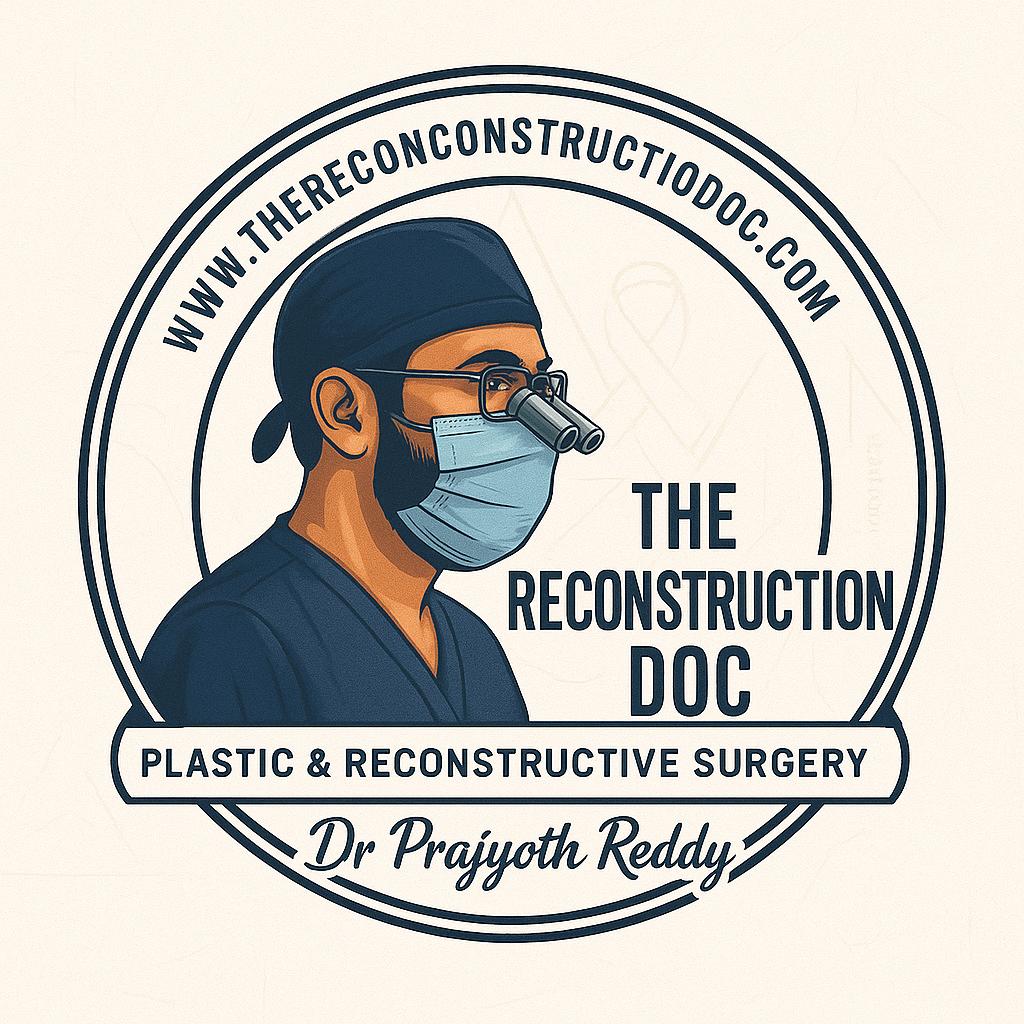Lip Reconstruction
- Home
- Lip Reconstruction
About Lip Reconstruction
Lip reconstruction is a surgical procedure to rebuild or repair the lips after they’ve been affected by:
- Cancer surgery
- Injuries or trauma
- Infections or burns
Why Use the Fibula?
The lips are crucial for:
- Speech
- Eating & drinking
- Facial expression
- Aesthetic appearance
When part of the lip is lost or damaged, it can affect both function and confidence. Reconstruction helps restore normalcy and quality of life.
Surgical Options for Lip Reconstruction
The choice of surgery depends on the size, location, and depth of the defect, as well as whether
it involves the upper or lower lip, one or both sides, and surrounding structures like the cheek or
nose.
Let’s break it down by defect size and technique:
1. Primary Closure (Simple Stitching)
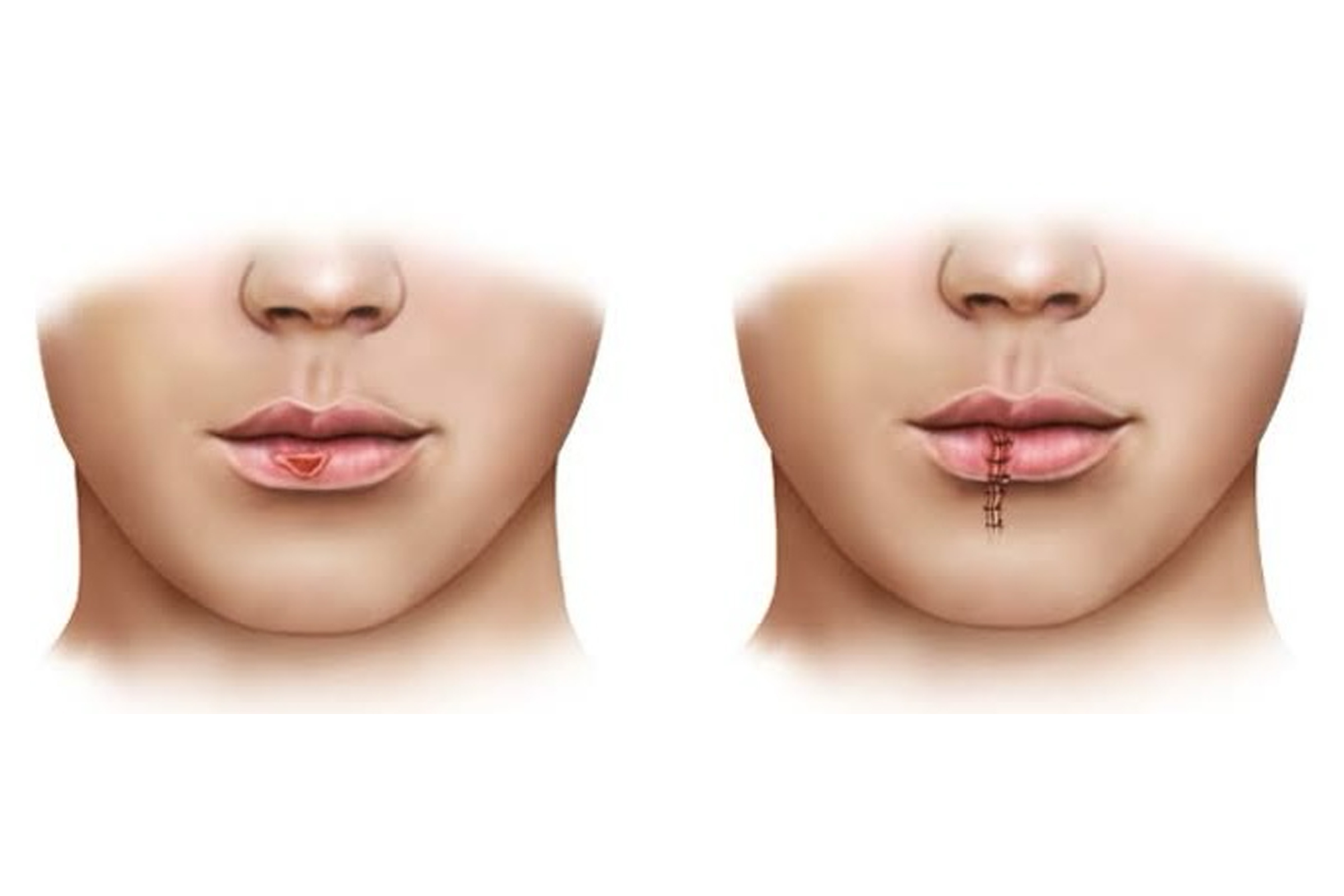
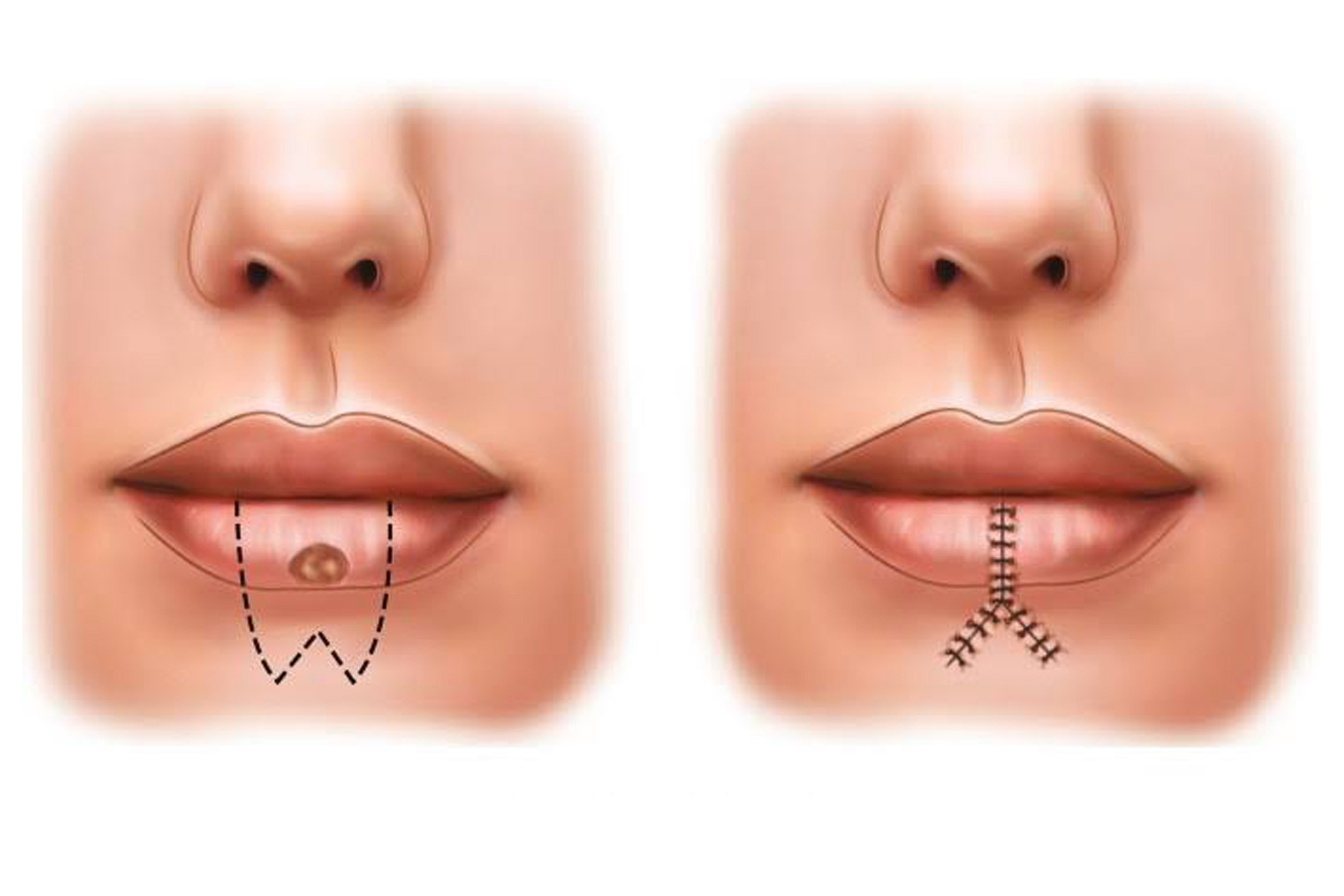
- Used for Small defects (usually <1/3 of the lip width)
- The remaining lip is gently stretched and stitched together
- Preserves function and shape well if the defect is small
- No extra tissue is needed
2. Local Flaps (Tissue Rearrangement Nearby)
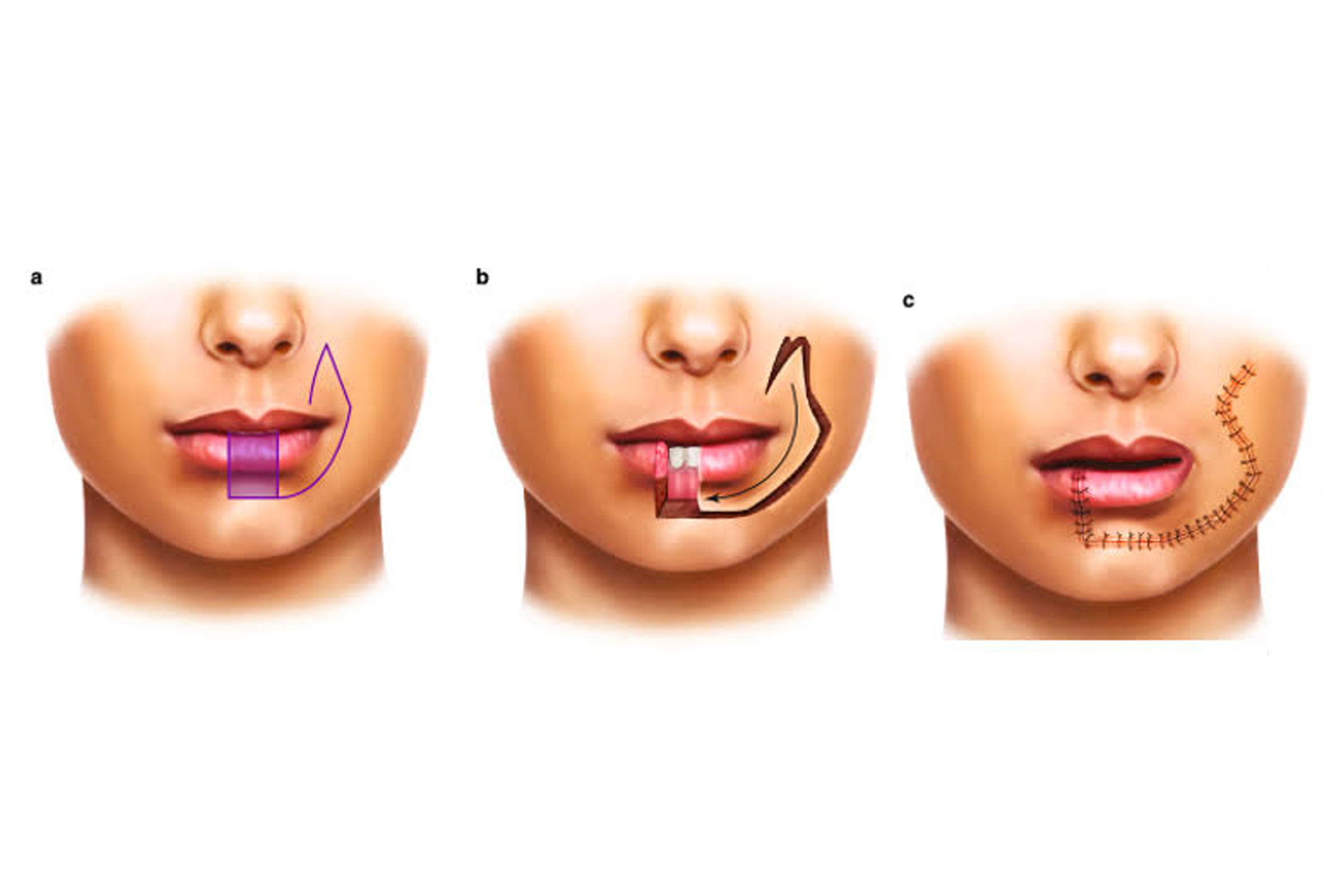
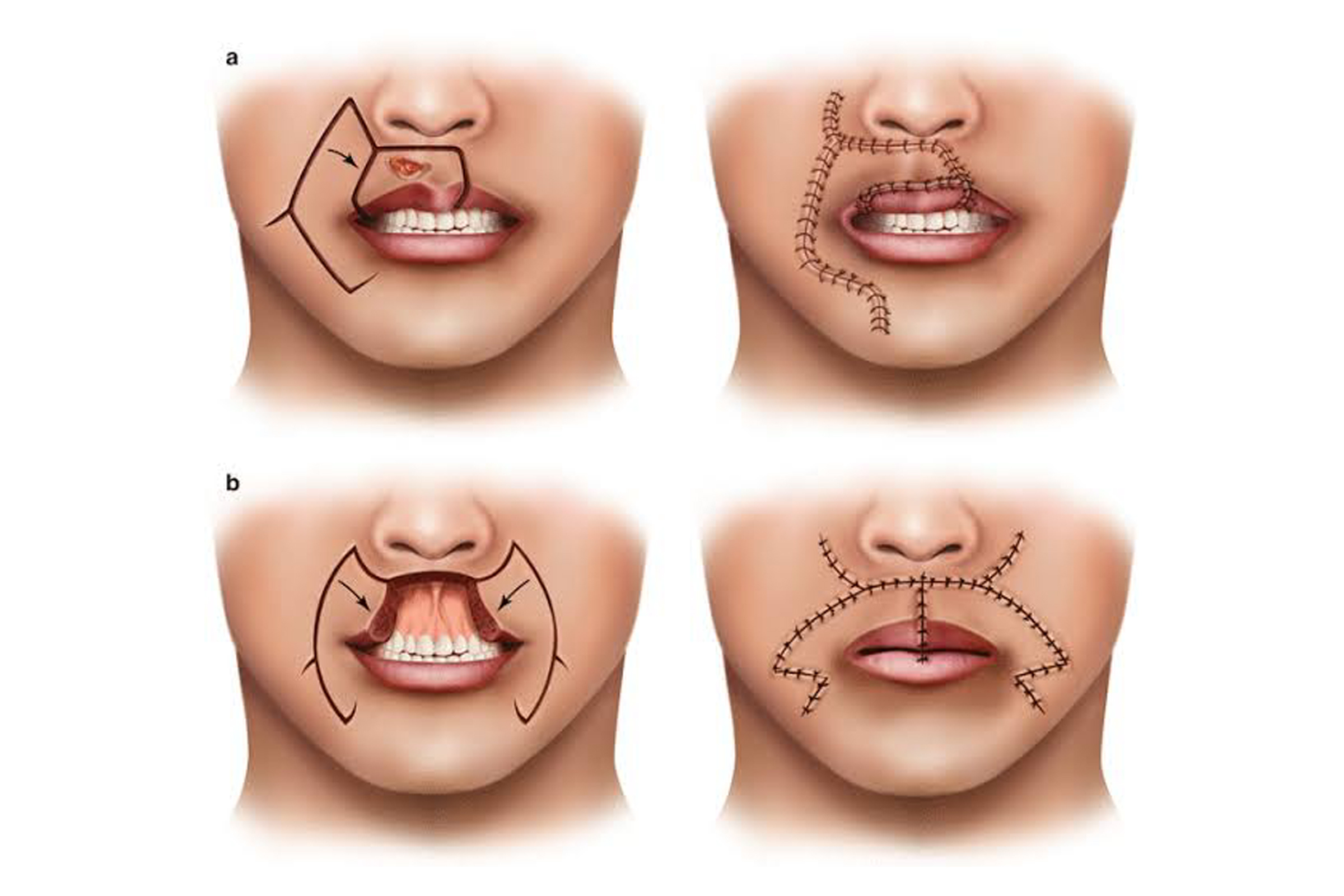
- Used for Medium-sized defects (up to 1/2 the lip)
- Tissue from areas next to the lip (cheek, chin) is rotated or moved to fill the
gap
Common local flaps include:
Abbe Flap (Cross-Lip Flap)
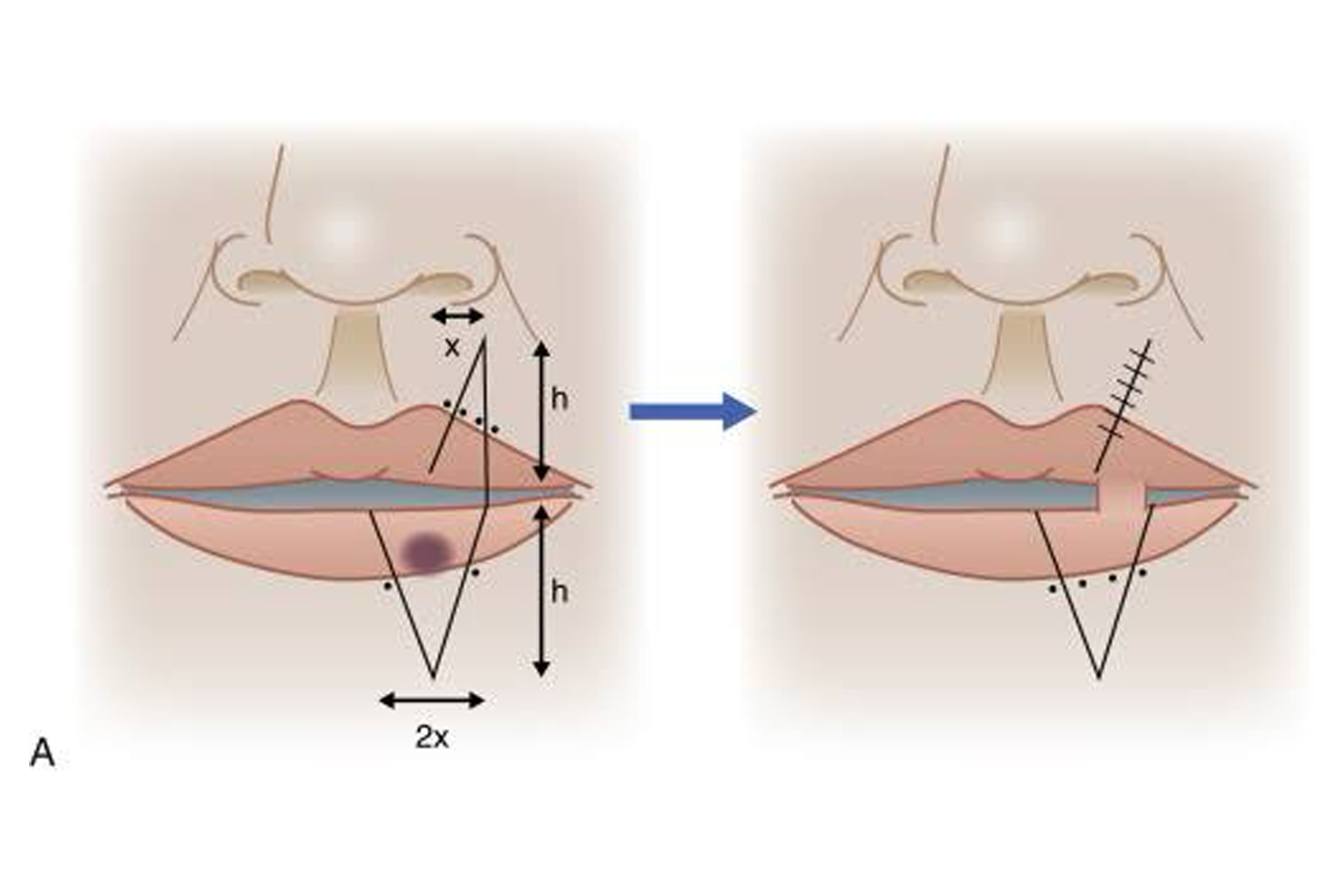
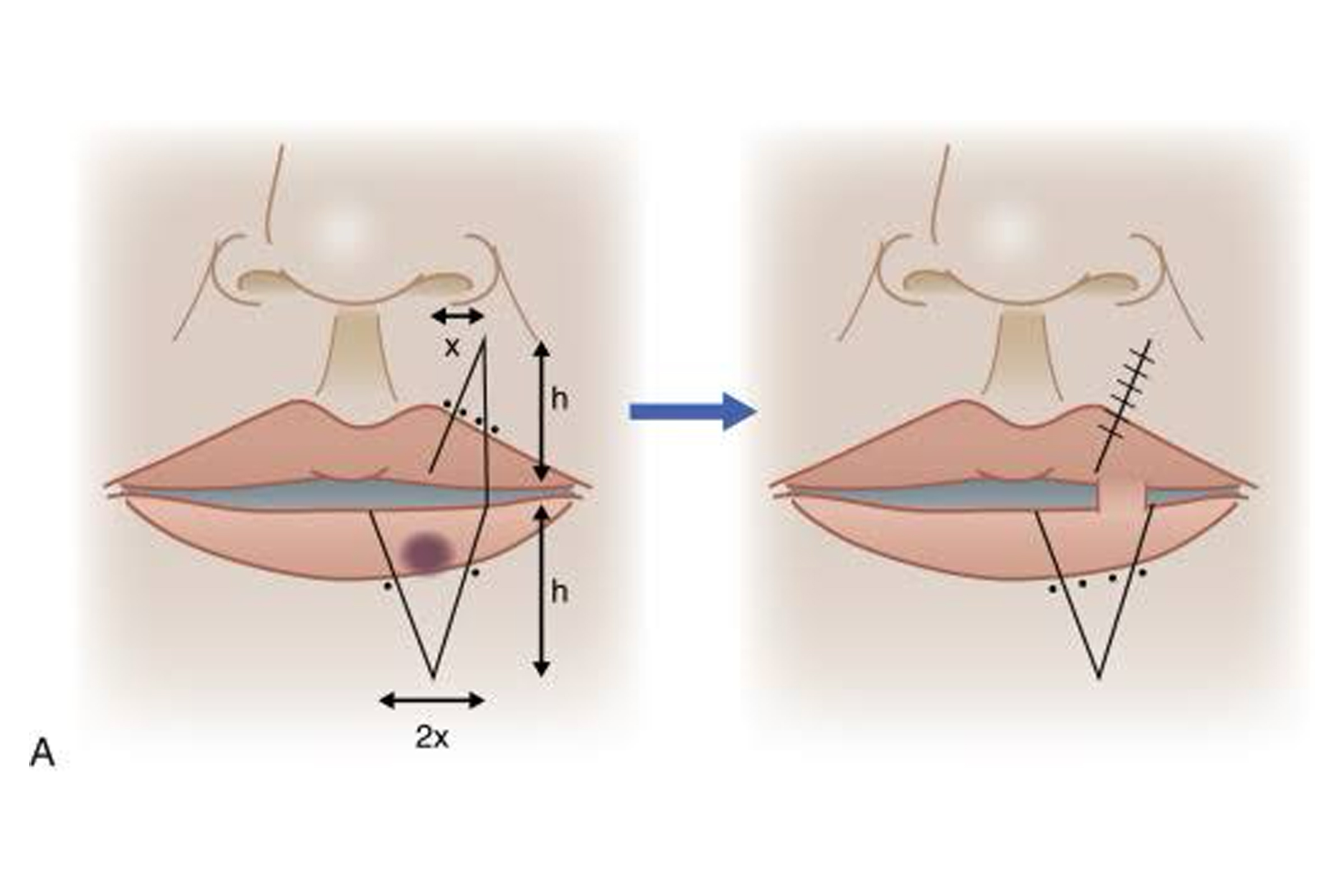
- Tissue is borrowed from the opposite lip
- Good for central lip defects
- A second surgery is done to separate the flap once healing begins
Estlander Flap
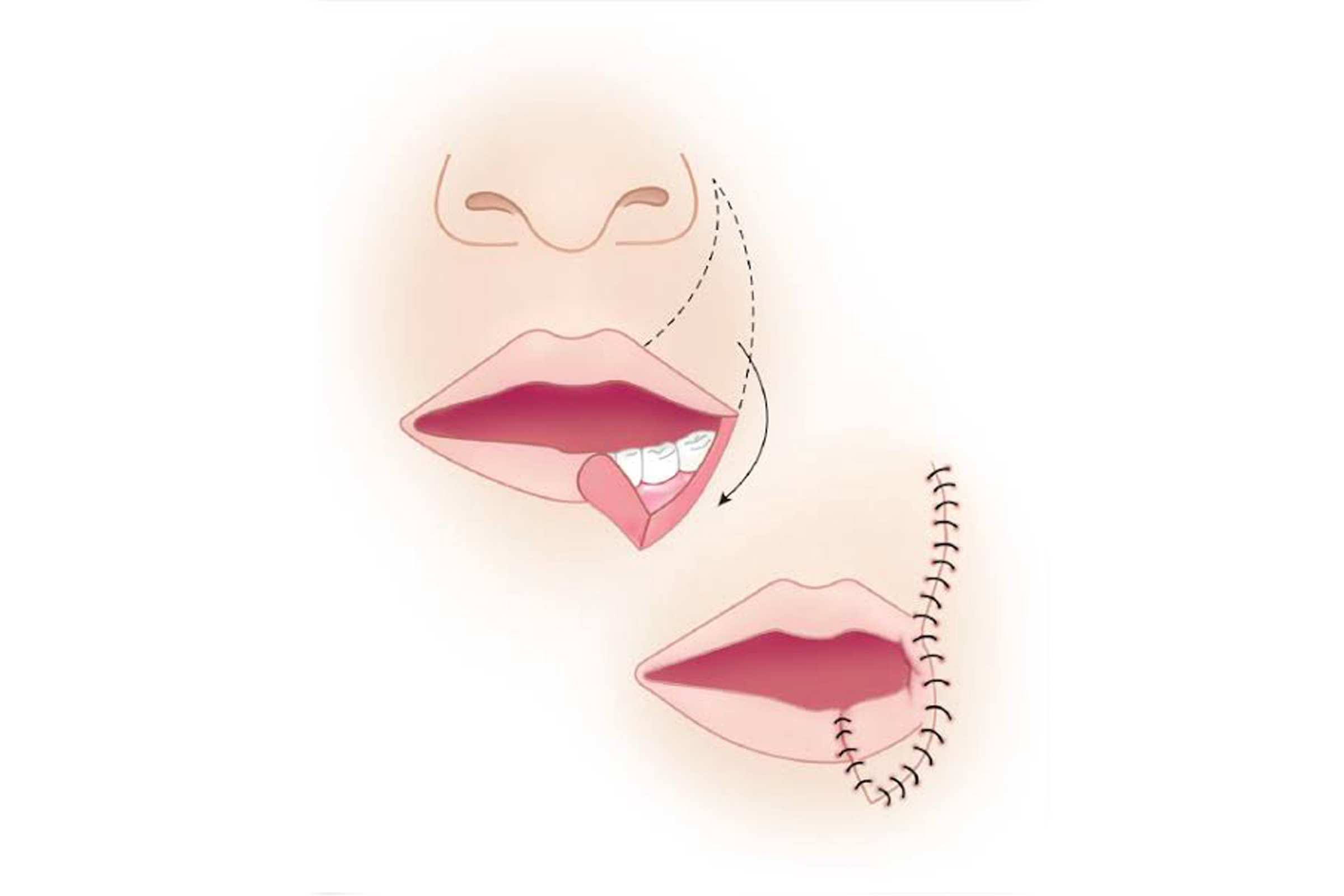
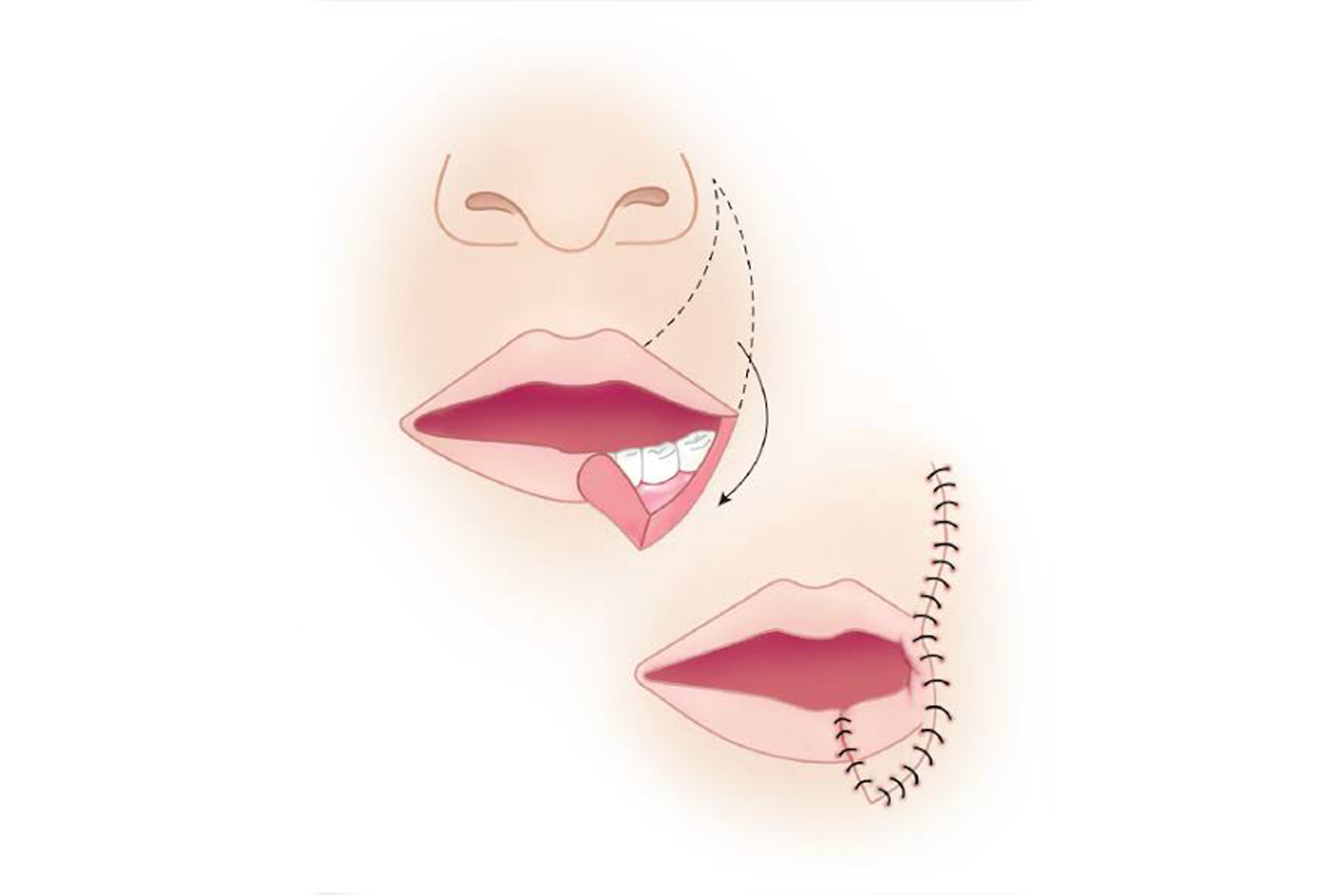
- Used for defects at the corner of the mouth
- Tissue from the other lip is rotated to restore shape and opening of the
mouth
Karapandzic Flap
- A circular advancement of tissue that preserves nerve and muscle function
- Good for maintaining movement and sensation
3. Regional Flaps (Tissue from Nearby Face)
- Tissue is borrowed from closer but not immediately adjacent areas (like the
cheek) - Used when more tissue is needed to cover large lip defects
- Example: Nasolabial flap (tissue from the area beside the nose)
4. Free Flap Reconstruction (Microsurgery)

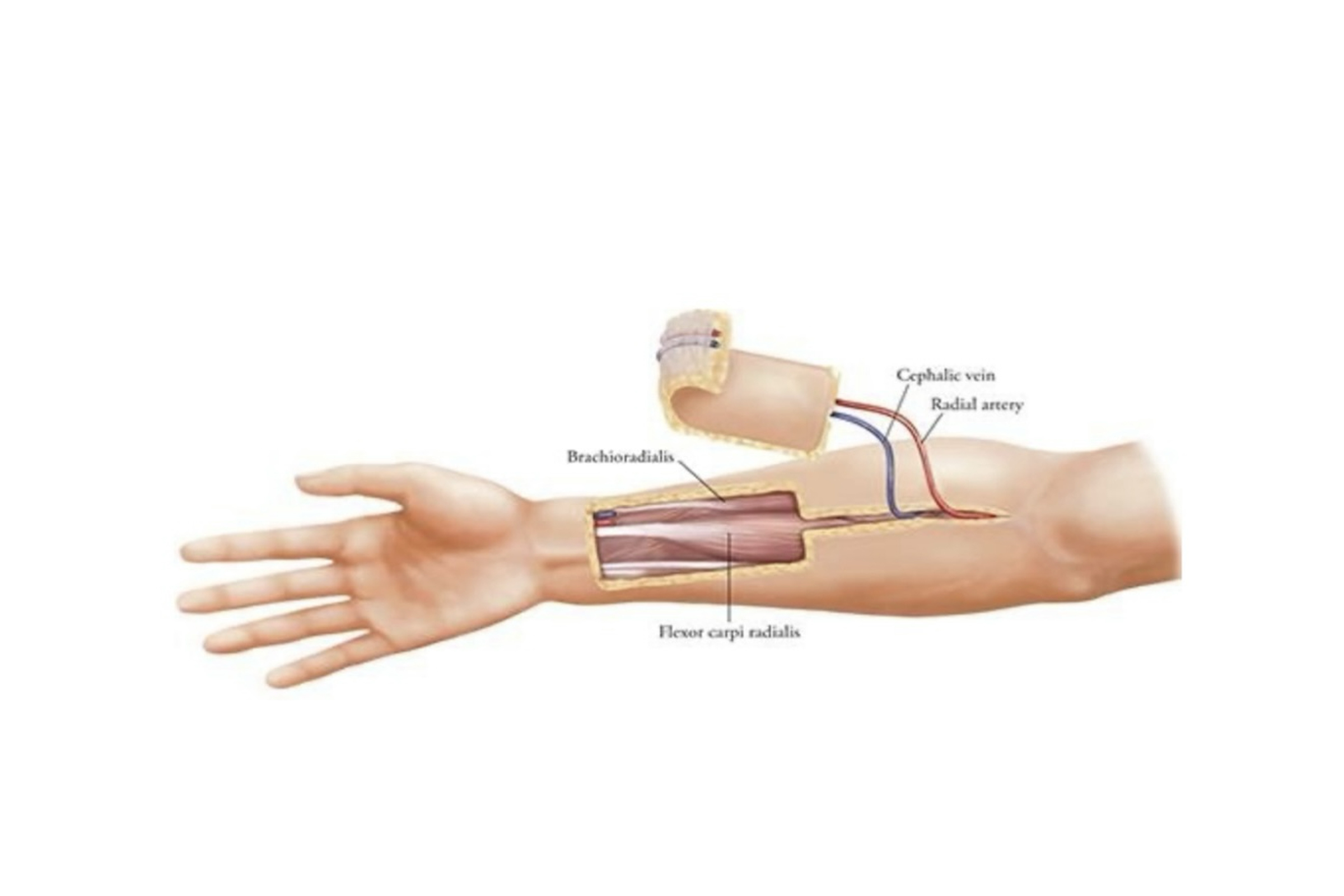

- Used for: Very large or complex defects
- Tissue is taken from a distant part of the body (like forearm, thigh, or tongue)
and reconnected under a microscope - Requires microsurgical skill to connect tiny blood vessels and nerves
Common free flaps:
- Radial Forearm Free Flap (RAFF)
- Anterolateral Thigh (ALT) Flap
- Sometimes combined with bone or muscle if needed.
5. Composite Reconstruction (Multi-layer Repair)
In some cases, reconstruction involves multiple layers:
- Mucosa (inner lining)
- Muscle (for movement)
- Skin (outer layer)
This often needs combinations of flaps or staged procedures
Get In Touch
Schedule a consultation, ask questions, or explore our expert reconstructive surgery services and compassionate care.
